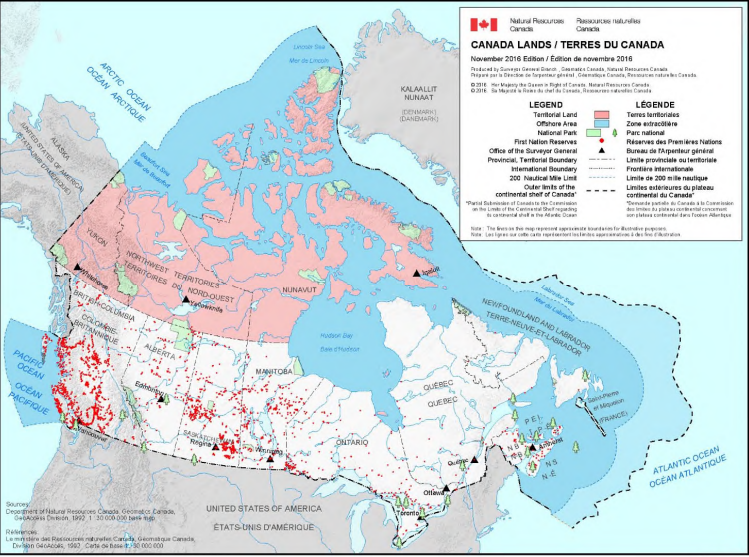1.1 Canada
This course describes the written resources available to understand the Canadian mining industry. The goal is to learn more about the technical aspects of the operations in the country. The same approach can be followed to produce a database of mines for any country, or even the entire world. Mined resources are used by society and with a database of mines, it is possible to make queries of the data and see how society and resource production are co-related.
Canada has a rich history in mining that touches many facets of our culture and heritage. Understanding the impact of this influential industry is challenging as there is no single, authoritative, accessible, and usable source of information about mining activities across Canada. This course aims to assist users to find information regarding Canada’s mining operations and is suitable for diverse audiences in academia, industry, and the public.
Canada is divided into ten provinces and three territories as per the map in Figure 1. Canada’s population is concentrated in the southern part of the country, near the United States of America (USA) border. The total area of Canada is 9,984,670 km2 and water covers almost 9% of the area (Wiki, 2017). The cost of getting any commodity to the market place is affected by distance and modes of transportation available. Are there permanent or seasonal roadways, railways and/or boating routes, or are the mine sites only accessible by air? The ability to mine a commodity is also affected by the land agreements in place. In Canada, the First Nations people (red dots on Figure 1) have certain rights over the land and consultation and social approvals are required in addition to technical feasibility reports.
The official languages are English and French. Most sources of information are in English, but useful publications exist in only French. The climate is highly dependent upon the location in the country, with perma-frost in the north to the south where the temperatures will drop below 00C for a couple of months per year. In some regions, the temperature may rise to 350C in the summer. Many areas of the country descend to temperatures in the -200C to 300C range for parts of the winter. Weather is significant because it affects the ventilation requirements in underground mines, and work conditions for surface mining.
Figure 1. Map of Canada (Natural Resources Canada, 2017)




